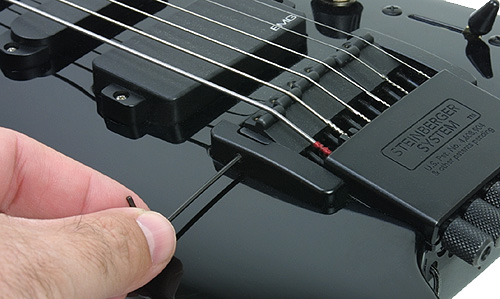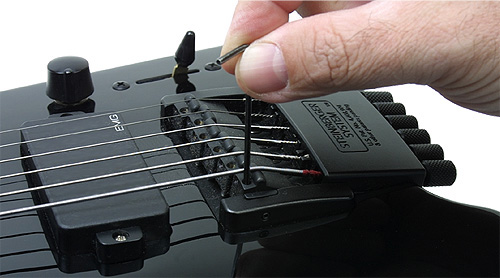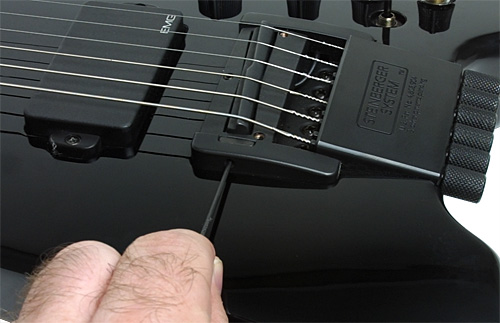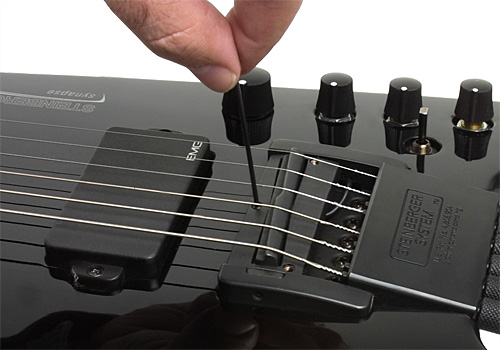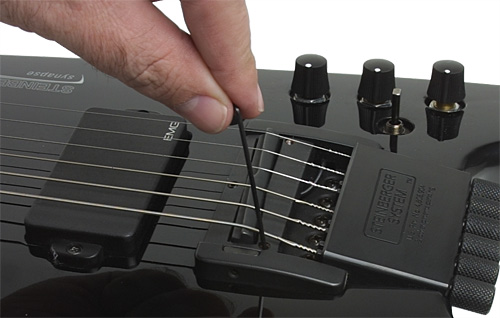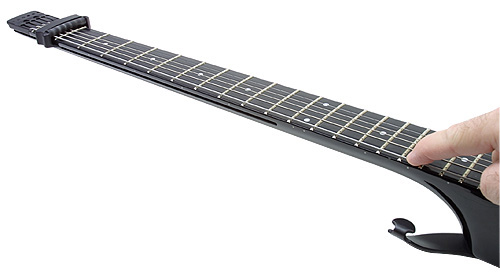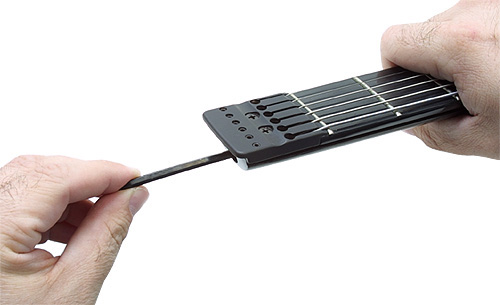IMPORTANT! If you are NOT familiar with setting up instruments, you should NOT attempt to do this yourself. You should contact a qualified guitar technician for assistance.
Your Synapse guitar is individually inspected and set-up prior to leaving the Steinberger factory. Typically you will only need to set up your guitar again under the following conditions:
‣ You prefer your string height (action) higher or lower than originally set by the factory;
‣ You decide to install string gauges that are different from those originally installed at the factory;
The string sets installed at the factory are:
TranScale 6-String Guitar - LIGHT BARITONE SST-102
6-String Guitar - STANDARD SST-105
4-String Bass Guitar - LIGHT SST-108
5-String Bass Guitar - Low B SST-111
‣ Your guitar has been subjected to significant environmental (temperature and/or humidity) changes;
‣ Your guitar is six months old or more.
NOTE: As with any guitar, small changes and movement can occur in new instruments. Therefore we recommend that after about six months of continuous use you have your guitar "tuned-up" by a professional technician.
